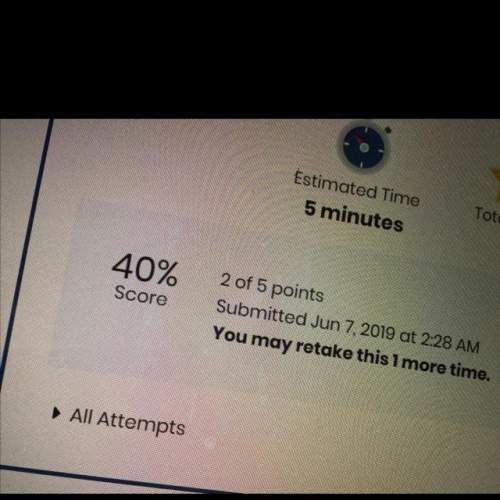
Mathematics, 13.04.2021 03:30 cmanglona
Question 1 options:
A picture that illustrates the relationship between two or more sets.
Given a set A, the complement of A, denoted A' , is the set of elements that are not members of A.
A possible result of an experiment.
The set of all possible outcomes from an experiment.
A set in which every element is also contained in a larger set.
The formula is P(A∩B)=P(A)*P(B).
The probability of an event A, given that another event, B, has already occurred; denoted P(A|B). The formula for a conditional probability is P(B given A) = [P(A and B)] / P(A).
Branching probability diagram showing a series of events.
Events that can occur simultaneously - they have an intersection.
The set of all elements that belong to at least one of the given two or more sets denoted ∪.
The probability for the union of two sets is equal to the sum of the probabilities of the two sets minus their intersection: P(AUB)=P(A)+P(B)-P(A∩B).
Events whose outcomes do not influence each other.
A member or item in a set.
Two events that cannot occur simultaneously, meaning that the probability of the intersection of the two events is zero; also known as disjointed events.
The set of all elements contained in all of the given sets, denoted by equation image indicator.
A collection of numbers, geometric figures, letters, or other objects that have one or more common characteristics.
Two or more events in which the outcome of one event affects the outcome of the other event or events.

Answers: 2


Another question on Mathematics

Mathematics, 21.06.2019 16:20
Find the value of x for which abcd must be a parallelogram -9-6x x-30
Answers: 2

Mathematics, 21.06.2019 21:30
In a test for esp (extrasensory perception), the experimenter looks at cards that are hidden from the subject. each card contains either a star, a circle, a wave, a cross or a square.(five shapes) as the experimenter looks at each of 20 cards in turn, the subject names the shape on the card. when the esp study described above discovers a subject whose performance appears to be better than guessing, the study continues at greater length. the experimenter looks at many cards bearing one of five shapes (star, square, circle, wave, and cross) in an order determined by random numbers. the subject cannot see the experimenter as he looks at each card in turn, in order to avoid any possible nonverbal clues. the answers of a subject who does not have esp should be independent observations, each with probability 1/5 of success. we record 1000 attempts. which of the following assumptions must be met in order to solve this problem? it's reasonable to assume normality 0.8(1000), 0.2(1000)%30 approximately normal 0.8(1000), 0.2(1000)% 10 approximately normal srs it is reasonable to assume the total number of cards is over 10,000 it is reasonable to assume the total number of cards is over 1000
Answers: 1

Mathematics, 22.06.2019 01:00
Ameteorologist is studying the monthly rainfall in a section of the brazilian rainforest. she recorded the monthly rainfall, in inches, for last year. they were: 10.4, 10.3, 11.7, 11.1, 8.0, 4.4, 2.6, 1.8, 2.5, 4.4, 7.3, 9.5 fill in the missing values in the formula. what is the variance?
Answers: 1

Mathematics, 22.06.2019 02:00
The function h (t) = -16t squared + 28t + 500 represents the height of a rock t seconds after it's propelled by a slingshot what does h (3.2) represent?
Answers: 1
You know the right answer?
Question 1 options:
A picture that illustrates the relationship between two or more sets.
Questions


Biology, 03.02.2020 21:47

Mathematics, 03.02.2020 21:47


Spanish, 03.02.2020 21:47


Social Studies, 03.02.2020 21:47




Mathematics, 03.02.2020 21:47

Chemistry, 03.02.2020 21:47





Mathematics, 03.02.2020 21:48

Business, 03.02.2020 21:48

English, 03.02.2020 21:48

History, 03.02.2020 21:48




